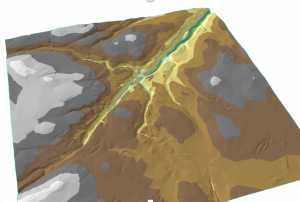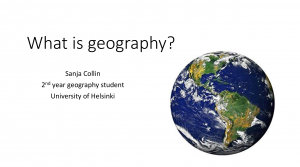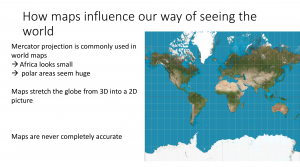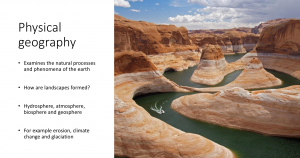ALMS course comes to an end. It has been quite a journey, and not the way I thought it would be. I was planning to get the four credits from ALMS, but due to many other courses I had to change my plans and do the two credits instead.
The most important lessons I feel I have learned in Kenneth’s academic writing and presentation courses. In academic writing we had plenty of homework and we wrote an academic text ourselves. In presentation class I prepared a presentation about studying geography and different fields of study in geography. I got good feedback and useful tips on how I should improve my presentation skills for next time. The presentation was about 15 to 20 minutes long and I had to practise reading it aloud for many times.
Here are the hours that I have not marked on the blog:
BBC news 2 hours
TED talks 2 hours
Espresso tales= 30 min + 30 min= 1 hour
I was planning to read an entire novel. I read the first couple of chapters, but I feel like the book was not for me. I am more of a holiday reader. I read so much in University that I feel like I don’t have the motivation for it in my “free time”.
Film: What just happened without subtitles 2 hours
https://areena.yle.fi/1-3908881
A comedy with black humour. Ton of great actors including Robert DeNiro, Sean Penn and Bruce Willis.
Planet earth: the complete collection with English subtitles 3 hours
-seasonal forests
-great plains
-shallow seas
-ungles
Kate Humble: Living With Nomads without subtitles 1 hour
A documentary about nomads and their lifestyle. In this episode Kate Humble travelled in Nepal and studied the nomad people’s habits.
In total=44







